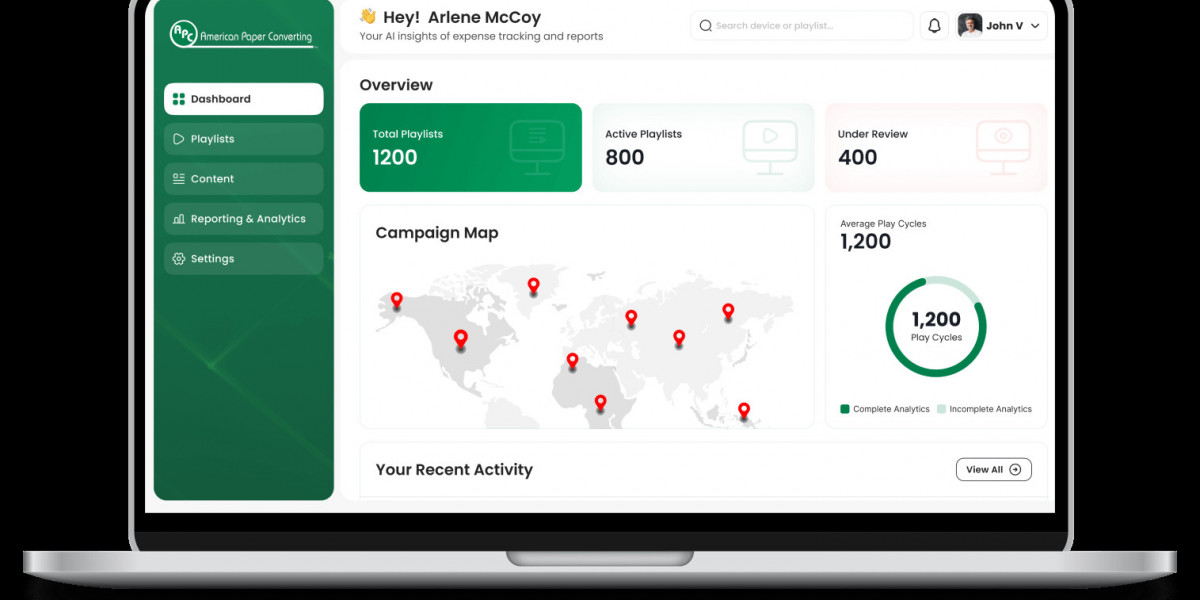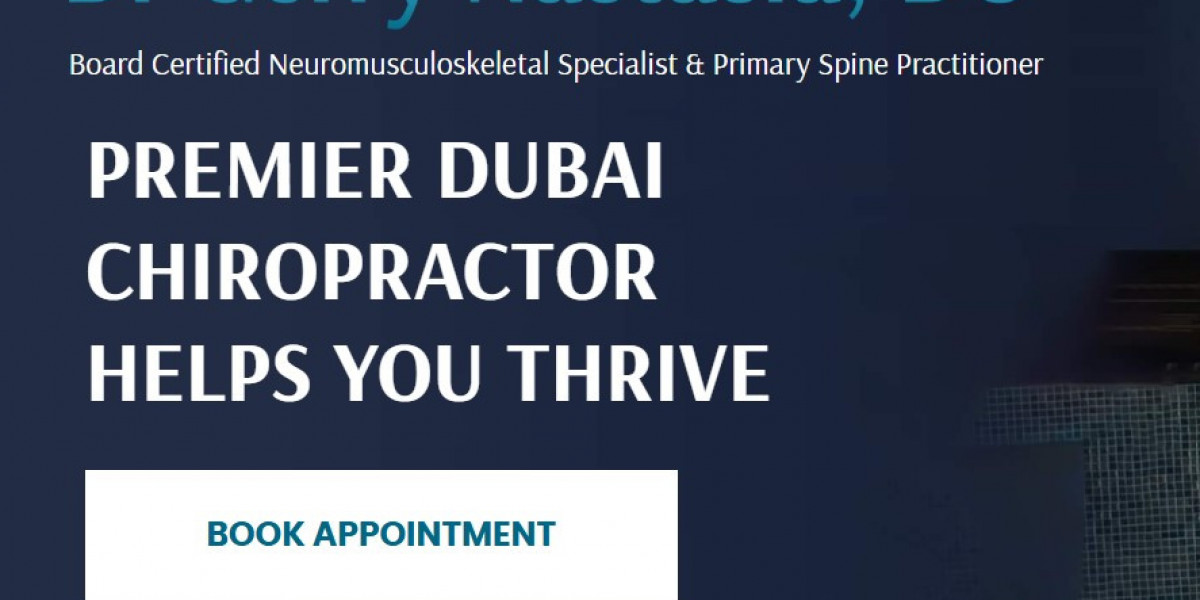If you’ve spent any time in software development or product design, you’ve likely come across the term MVP—Minimum Viable Product. In essence, an MVP is the most basic version of a product, built with just enough core features to be used by early adopters and gather feedback.
Whether you're a tech founder or an investor, evaluating the MVP is crucial before moving forward with development or funding. According to a recent CB Insights study, one of the top reasons startups fail is building products based on untested assumptions. MVPs help mitigate this risk by getting a working version of the product into users' hands quickly—allowing for real-world validation and iterative improvement.
What is a Minimum Viable Product?
A Minimum Viable Product (MVP) is an early version of a product that includes only the core features necessary to attract initial users and gather meaningful feedback. This concept, popularized by Eric Ries in his 2011 book The Lean Startup, is especially common in the software industry.
The primary goal of an MVP is to test whether there is real demand for a product before committing significant time and resources to full development. By launching quickly and iterating based on user feedback, businesses can avoid building features customers don’t want. According to a report by Startup Genome, startups that follow an MVP approach grow 3.5 times faster and raise seven times more funding than those that don’t.
How To Build An MVP – Stages For Building A Software-Based MVP
MVP Software Development has certain procedures you need to go through to make it a success.
1. Define The Problem
To avoid building an application that no one will use, you need to clearly define the problem your app intends to solve. During this stage, you should sit down and discuss with your software development team the problem that an app can solve and how significant it is to the people that could potentially use the app.
2. Decide Who Your Target Audience Is
After defining the problem, you need to define your target audience. Some developers make the mistake of trying to build an app for everyone. Yes, it is possible to create something that billions of people will use, but it is best to target a niche group when starting out.
Build your target audience persona and make it as specific as possible. The buyer persona should include details like age, profession, location, income bracket, education level, hobbies, etc. With these details, it will be easier to determine the features you will ship first, so a studied customer base is key.
3. Determine The Essential Features
After defining the problem and target audience, it is time to determine the key features that the product’s first version will ship with.
You should list all the potential features the product should have and then select the features that are just enough to ensure it is usable. From these features, you have to choose a few crucial ones that the MVP should ship with, including one major feature to test the general idea of the product and the problem it intends to solve.
4. Build the MVP
Now that you have decided about the features, it is time to build the product. Determine the programming languages, frameworks, and other tools you need, and then you can start development.
At this stage, you don’t need to think about perfection; focus on building a usable product. Your goal should be to create a functional product in the shortest time possible to test if your idea is viable and functional.
Key Attributes Of Any Software-Based MVP
- It offers enough value that early adopters are willing to use or even buy. Yes, the MVP should have basic features to save time and money spent while building it. However, you need to create a usable MVP to give your early adopters enough reason to use it.
- Should demonstrate enough future benefits to retain most early adopters. Even though your MVP only ships with basic features, it needs to give your early adopters hope of improving over time.
- It should provide a feedback loop for guiding future development. The first features you ship the product with should make it easy for the early adopters to give feedback about their overall product experience.
5. Test The Product With Early Adopters
Once you have built a usable product, the next step is to test it with actual users. Find the people who match the buyer persona you created and request that they use your product. If possible, reach out to these people via social media, email, or physically. The goal is to have a good number of people who can use the product and give you feedback.
You need to provide a mechanism that allows the users to give you honest feedback about their experience with your product. If it means sending them follow-up emails with a form to fill, do it. Your aim is to get feedback that you can use to determine if your idea is what the users want or if it needs improvement.
6. Use Feedback To Improve The Product
When users give feedback about the product, you need to gather it and see how best to implement it into the MVP. First, focus on feedback on how the product solves the user’s problem to help you know whether to pivot or continue with the same idea. If the feedback is positive, you can now determine the next features to add to your product based on the feedback.
You may not be able to fix all the issues raised by the early adopters at once. Determine the most pressing issues that affect the user’s experience of the product and attend to those first. This process may also involve removing some useless features from the product.
Spend as little time as possible while fixing these issues. You should then roll out one feature at a time and work on the rest as the users continue to use the product. It should be a constant loop until you reach the point when the product is ready to be used by the general public.








